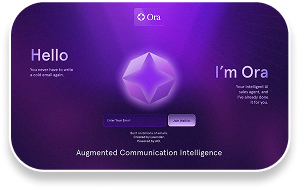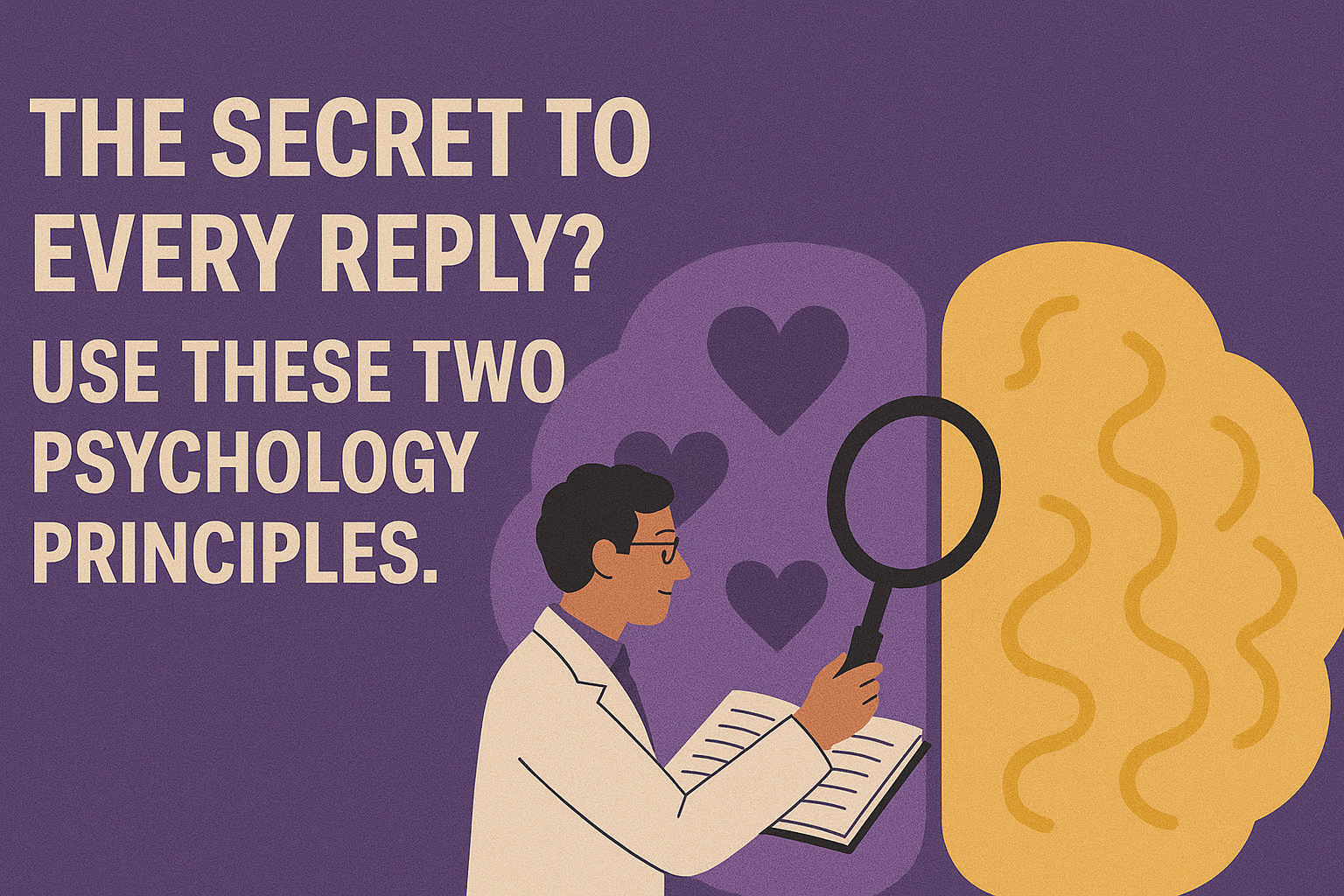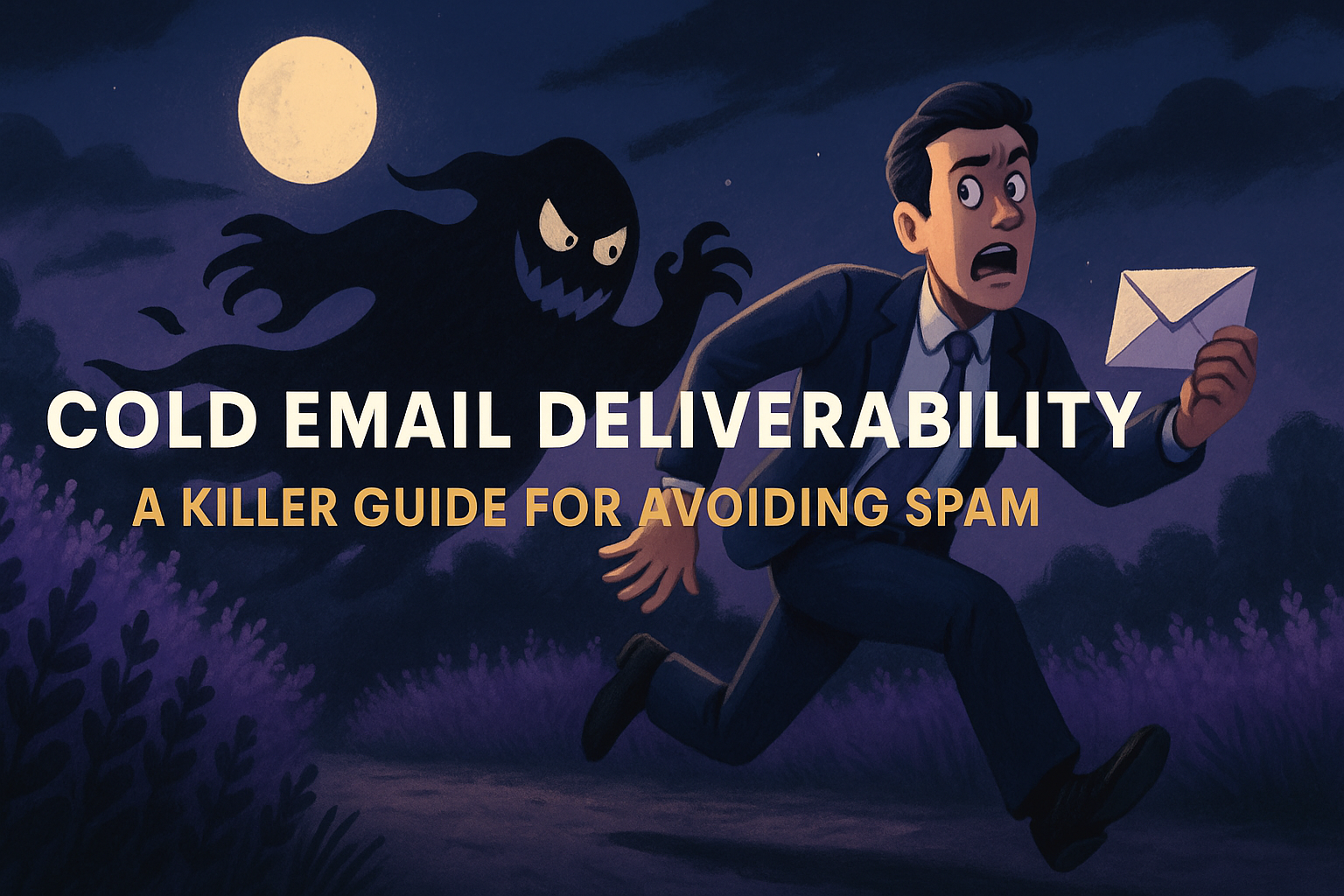What is ChatGPT and Why Should You Care
As ChatGPT becomes more prevalent and integrated into daily life, it's important to understand what it is and how it will affect the future of work.

Are robots taking over the world?
It’s a story as old as time. More than a dozen movies about AI come to mind.
And yet, nearly every one of them shares a similar ending. Something happens. And the robots suddenly don’t take over. 🤔 Or the robot and the human save the world together.
We can’t predict the future. But we know one thing for sure: AI will change the future of work.
So what does this mean for you and your role in sales? First, let’s get on the same page.

What is ChatGPT and How Does it Work?
You’ve likely heard of ChatGPT, the runaway success from OpenAI.
ChatGPT is a large language model (LLM). It can understand and generate human-like text using OpenAI’s latest GPT (generative pre-trained transformer) model: GPT-4.
Made popular by its chat-based interface, ChatGPT uses AI and machine learning (ML) to produce responses to prompts.
Think of it as a computer program that can talk with you in a human-like way: its AI answers your questions and performs text-based tasks.
The model is trained on vast amounts of data — books, articles, websites, and other sources. It uses this data to analyze your input and produce an output. It continually learns and improves based on prompts and feedback from users.
Pretty cool, right?
ChatGPT is one of many GPT models. A GPT is a pre-trained model capable of generating human-like text. The model behind Chat is the fourth or GPT3.5 generation of GPT models released by Open AI.
This technology is quickly becoming mainstream. Soon, you’ll likely begin hearing about other GPT models like Google’s BARD, Cohere, Anthropic, GPT-Neo, Alpaca, and more. (This directory of the top AI tools is a great place to start exploring.)
Vertical technologies like Lavender have been leveraging the predecessor of ChatGPT, GPT-3, over the past couple of years. When ChatGPT was released to the public, it used the next version: GPT-3.5 and GPT-3.5 turbo. On March 14, 2023, OpenAI released GPT-4, increasing the precision, sophistication, and usefulness of ChatGPT.
For the tech community especially, this was an exciting and huge deal. But the implications will touch nearly every human over the coming years. Here’s why.
(We’ll try not to geek out too much on you.)
GPT-3 was the most advanced language model of its time, and now it has been surpassed by GPT-4.

🤯
This more powerful deep learning model understands vast data with enhanced reasoning and text generation. The advancements to ChatGPT make it easier and faster to compare multiple datasets, cross-reference different events, conduct research on endless topics, or even format a document in ClickUp or Notion. It’s more intelligent and more impactful.
Will ChatGPT Replace Jobs?
OpenAI has predicted that 80% of jobs in the US will be impacted by GPT models, with many tasks being automated by AI. For 19% of workers, half their job will be automated. Many of these tasks will be mundane, search-heavy tasks. This automation frees the human up to do more, faster.
The AI should work alongside you: not fully replace you. AI can boost the performance of a person's average performance. But for those who exhibit exceptional performance already, their mastery of ChatGPT can enhance their abilities that much more.
When news first spread about ChatGPT, and more and more people started playing around with it, they realized it could generate content for their jobs, like blogs (not this one). And for fun — like poems and stories. Emails, articles, speeches, scripts, social posts, ad copy — you name it. Then the “will AI replace us?” questions abounded.

It’s a fair question, given how impressive the model's performance is upon first impression. But let’s think about advancements in technology for a moment. From calculators and Google to Siri and Alexa. Did we once wonder how these tools would replace us or take over? Probably. But did it happen?
Google didn’t replace you; it assists you. Sometimes a little too well.
ChatGPT is impressive. But it needs a human touch to be truly valuable. It won’t replace you; it’ll be your most powerful assistant if harnessed correctly.
Pros and Cons of Using ChatGPT
Like any tool, there are benefits and limitations. Here’s what you should consider.
Pros:
- Consistency: How you show up in your email matters. When you’re consistent with your tone, style, and messaging, you build trust and credibility with your prospects. Let’s use tone as an example.
Say you’re using Lavender, and your dashboard shows the biggest area for improvement is in using happier, more casual tones. You can pull up ChatGPT directly in Lavender and ask it to write a short email in these tones. This step gets you started on a great email much faster and provides a framework from the AI.

ChatGPT feature in Lavender is coming soon!
But the AI isn’t perfect, and this example email isn’t great. ChatGPT is trained on the internet, including years of poor sales and email advice. Lavender helps teams write sales emails that are effective in the modern day, all based on their unique data.
So after you use the AI to start your email, use the Lavender Email Coach to optimize your email for replies.
- Context-aware: ChatGPT lacks context when you start, so it’s best to provide a detailed prompt to give the AI context. This action helps it provide intelligent context-aware responses.
For example, say you’ve been emailing back and forth with a prospect interested in booking a meeting, but who won’t commit. You can copy and paste these emails into ChatGPT and ask it to analyze the prospect’s position and perspective.
The response could unlock insights that help you move the conversation along thoughtfully and effectively. It gives you context on how your reader may evaluate and interpret the message you’re sending. You can then use this insight to craft a more relevant response. - Writer’s block: ChatGPT is fantastic as an idea generator or a springboard to get going. Use it to start your emails when you’re stuck or unsure where to begin. And when you use ChatGPT with Lavender’s Sales Email Coach, you’ll also receive suggestions for optimizing and making it your own. (i.e., sound like a human writing to another human).
It can help connect the dots between multiple ideas and spark your creativity. ChatGPT is also helpful in generating ideas to personalize your email, identifying when and why to reach out, and bringing those ideas to life in your compose window. - Productivity: One of the best uses of ChatGPT is to assist with prospect research. The average salesperson spends over 15 minutes on research and personalization, so you could save hours throughout a work day.
Warning: Don’t fall into the efficiency trap. Use ChatGPT to save time researching, so you can send more relevant and tailored emails. Don’t use it just to increase volume at the expense of quality and resonance.

Cons:
- Lack of creativity: AI-generated content is smart and convincing, but it can lack originality. LLMs find patterns in language and use statistics to guess the next word. This language was trained from the internet to generate content borrowed and aggregated from other pre-existing content. Still, it lacks the true spark of creativity that a human has.
- Creating dependence: Hot take: You won’t get better at writing emails if you don’t write them. Writing is thinking — don’t skip the chance to carve new neurological pathways.
The more you write, the better you become. ChatGPT may streamline some of your work, but your competition is doing the same. Whoever better understands the subject matter can leverage AI more effectively.
Relying on ChatGPT to write your content verbatim means less skill development. Don’t do that to yourself — you deserve better. Use it as an assistant, but not a complete replacement, to avoid long-term detriment to yourself. - Context and quality control: It’s essential to write prompts that are clear, direct, and have an end goal in mind. Talk to the AI like you are talking to a human: it understands natural and complex language. Give the AI the context it needs to have the most understanding.
That said, even when you provide context, it’s helpful to be aware that the response may contain inaccurate or irrelevant content.
And as alluded to, ChatGPT is smart but not 100% accurate. “Trust, but verify,” our CEO William Ballance often says. Use it as a shortcut, but always fact-check.

Now you’re a ChatGPT pro! Or at least, no longer a newb.
By now, you should understand why AI isn't gunning for your job. However, it can dramatically impact your life in sales and the future of your work. It can make you both more effective and efficient if used correctly. We’ve had GPT built into Lavender since 2021, and you can use the latest version when you install it for free.
The idea that robots will one day take over the world is for blockbusters. Not for real life. AI is a tool to aid us, not entirely replace us. And how you use it can be your competitive advantage.







